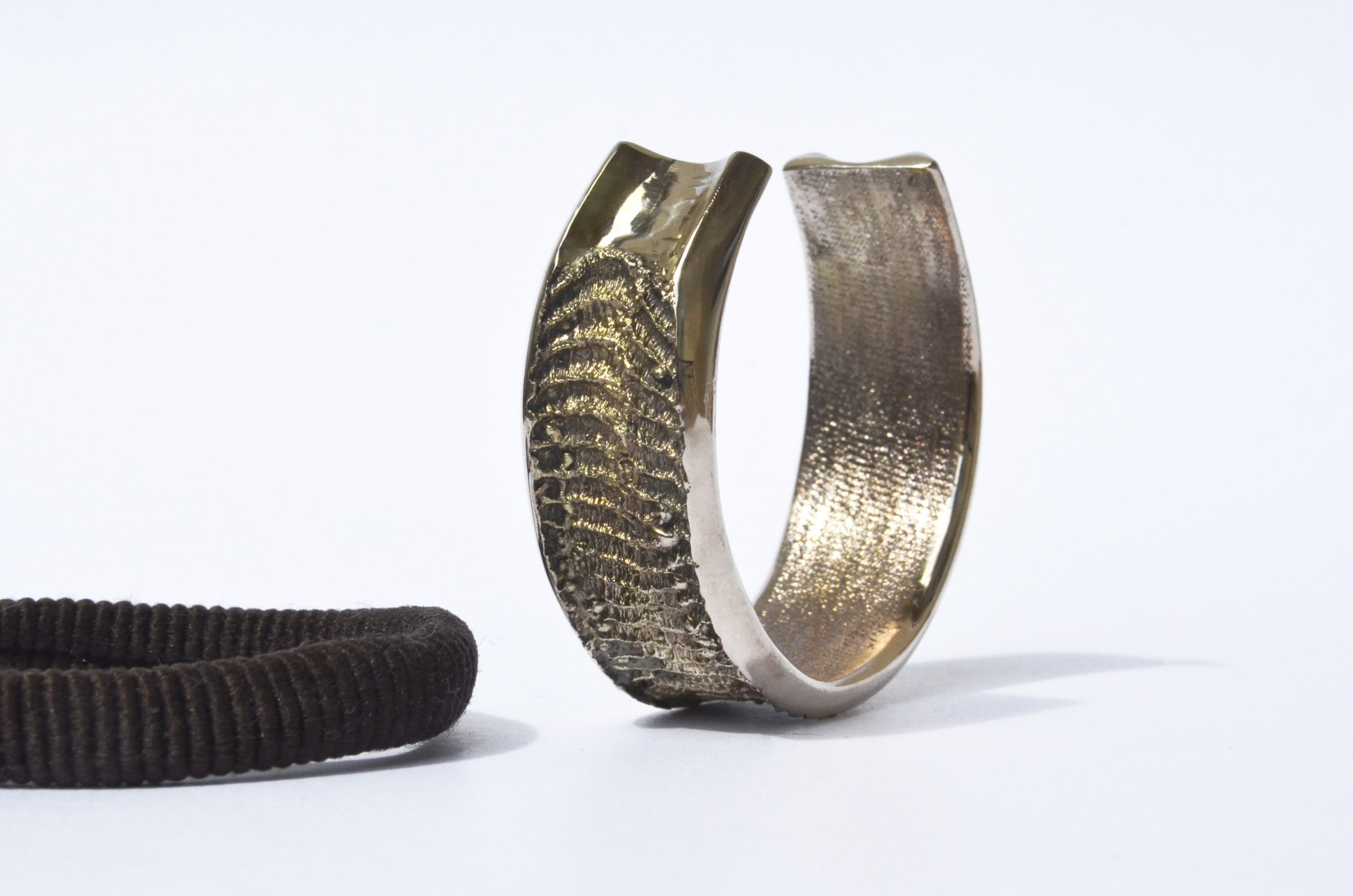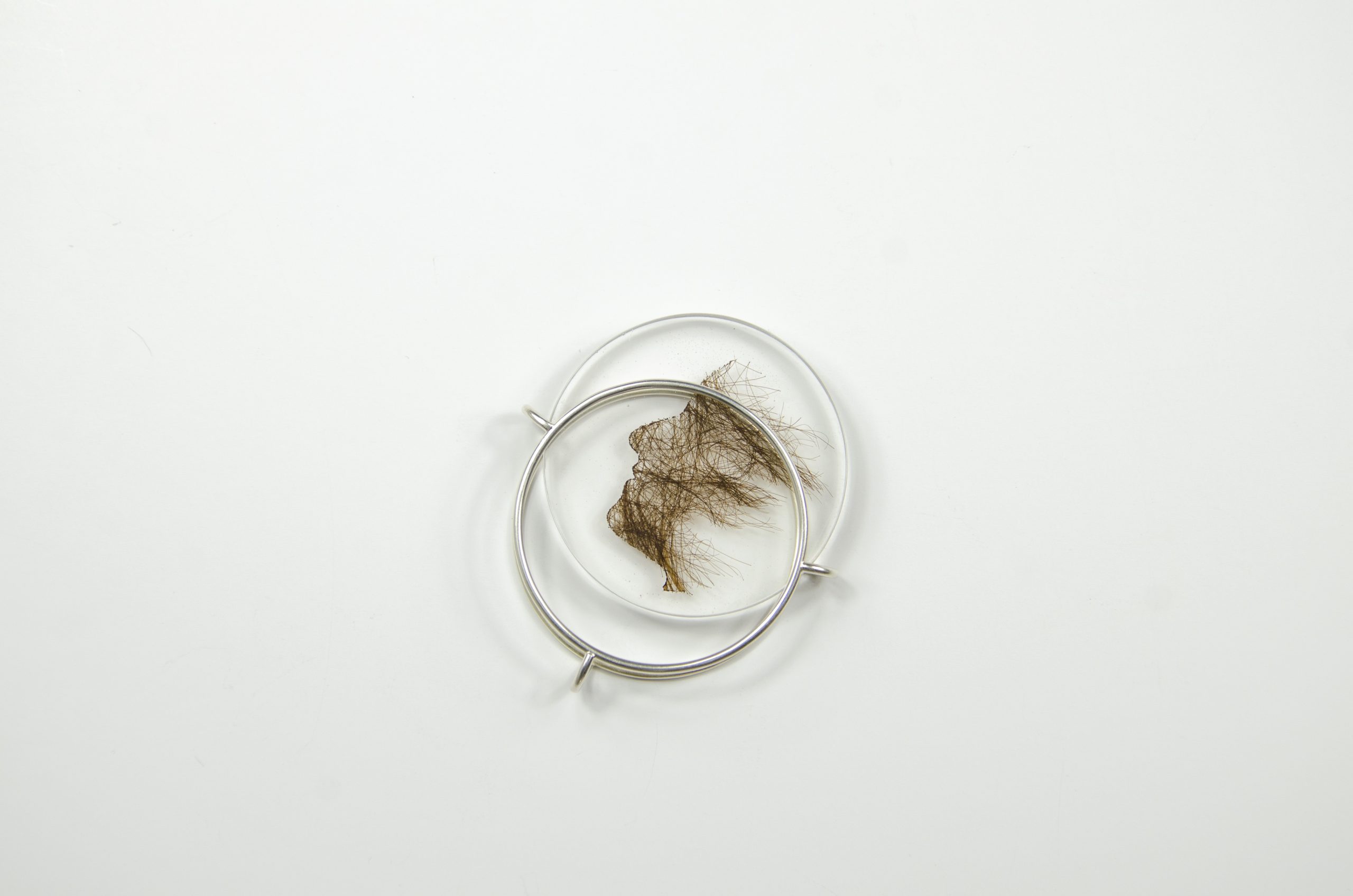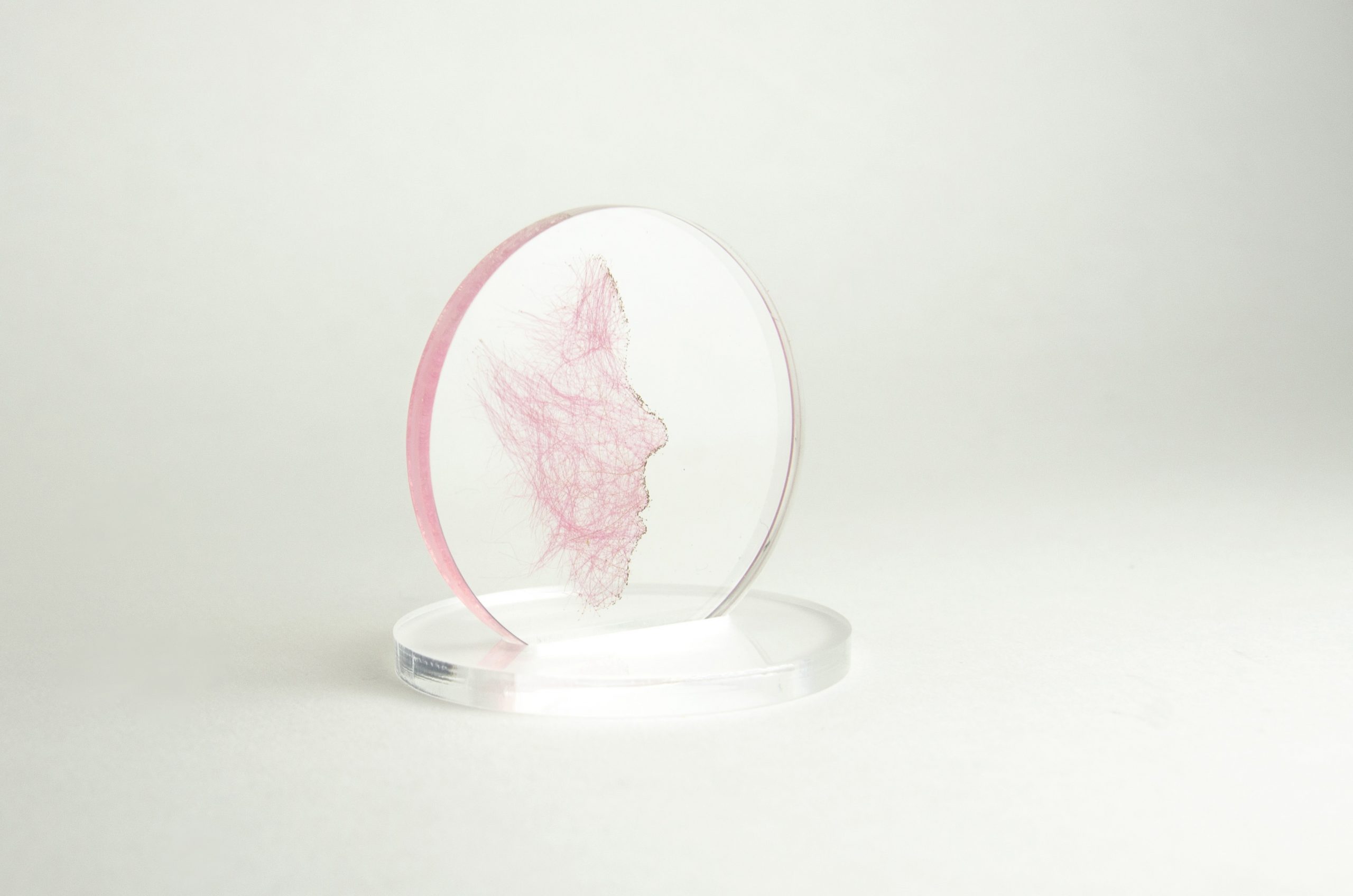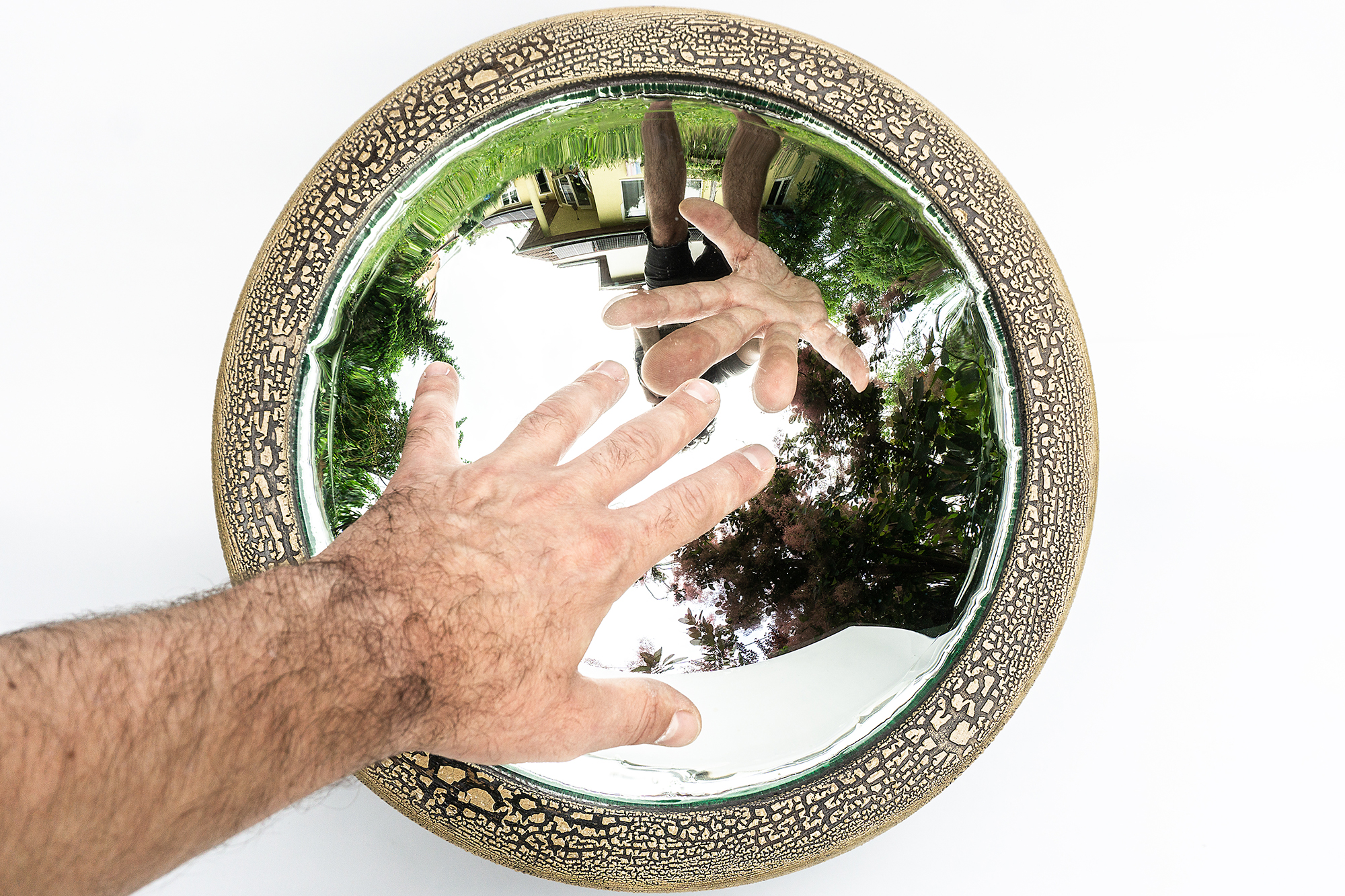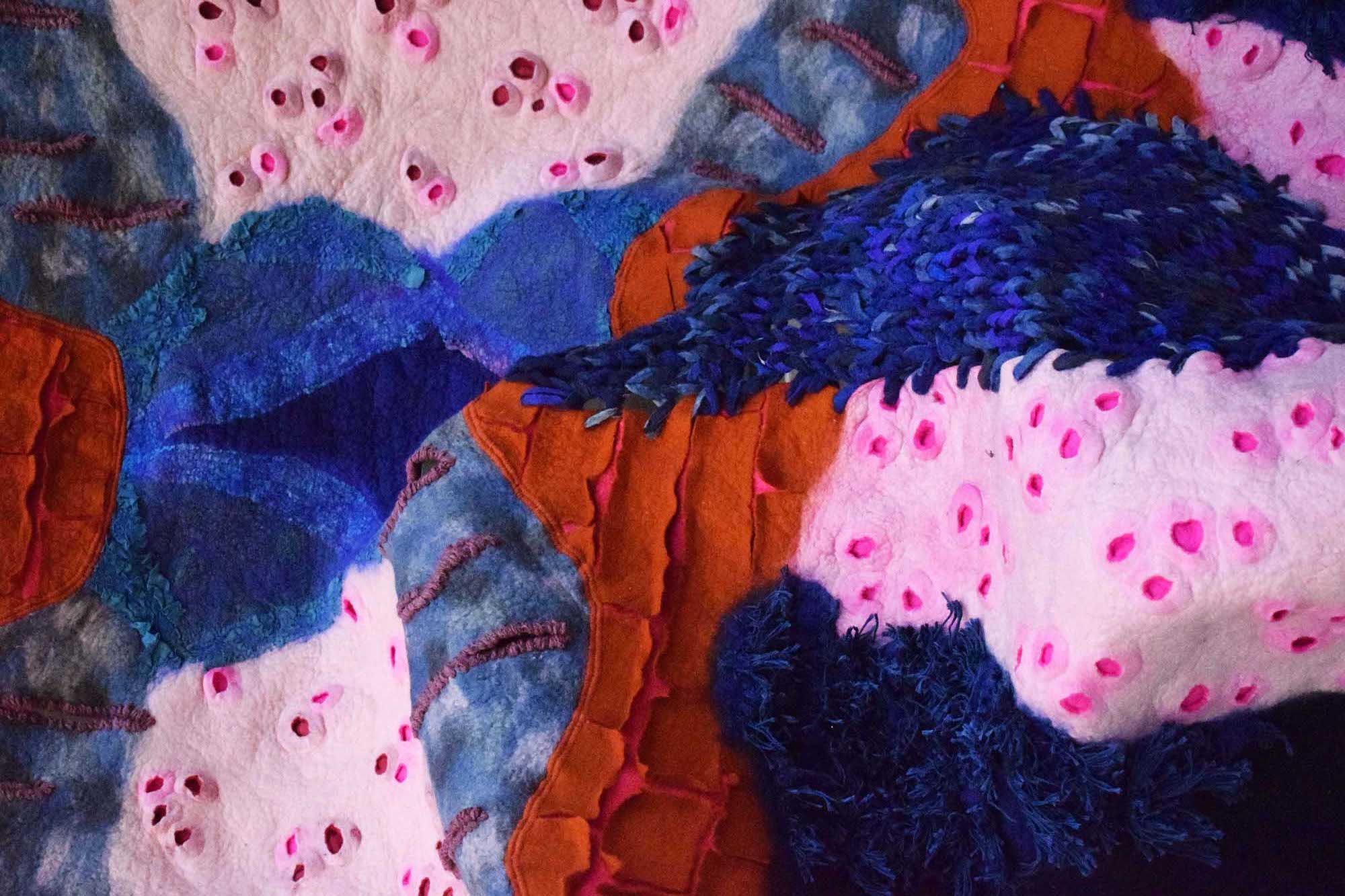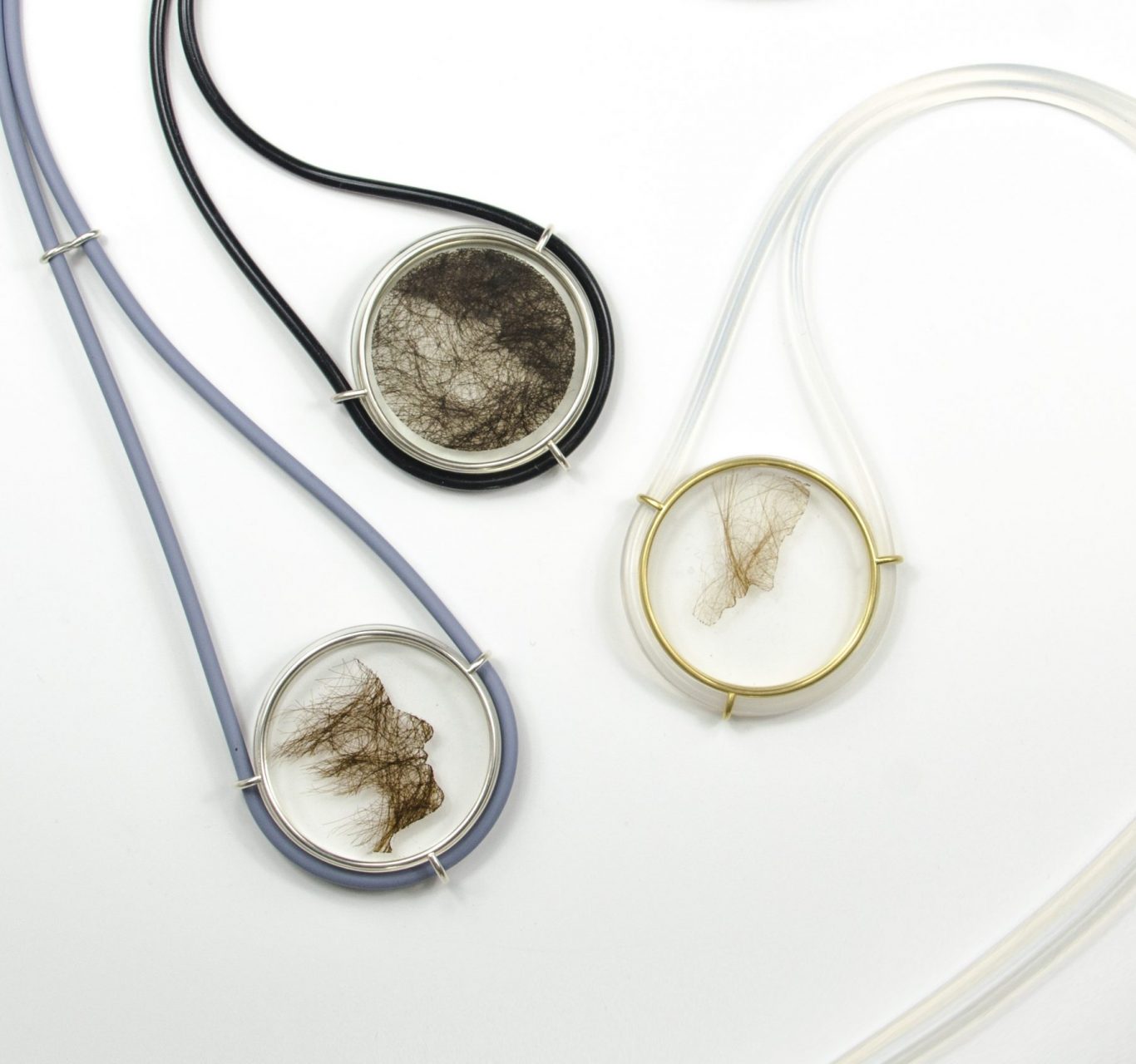
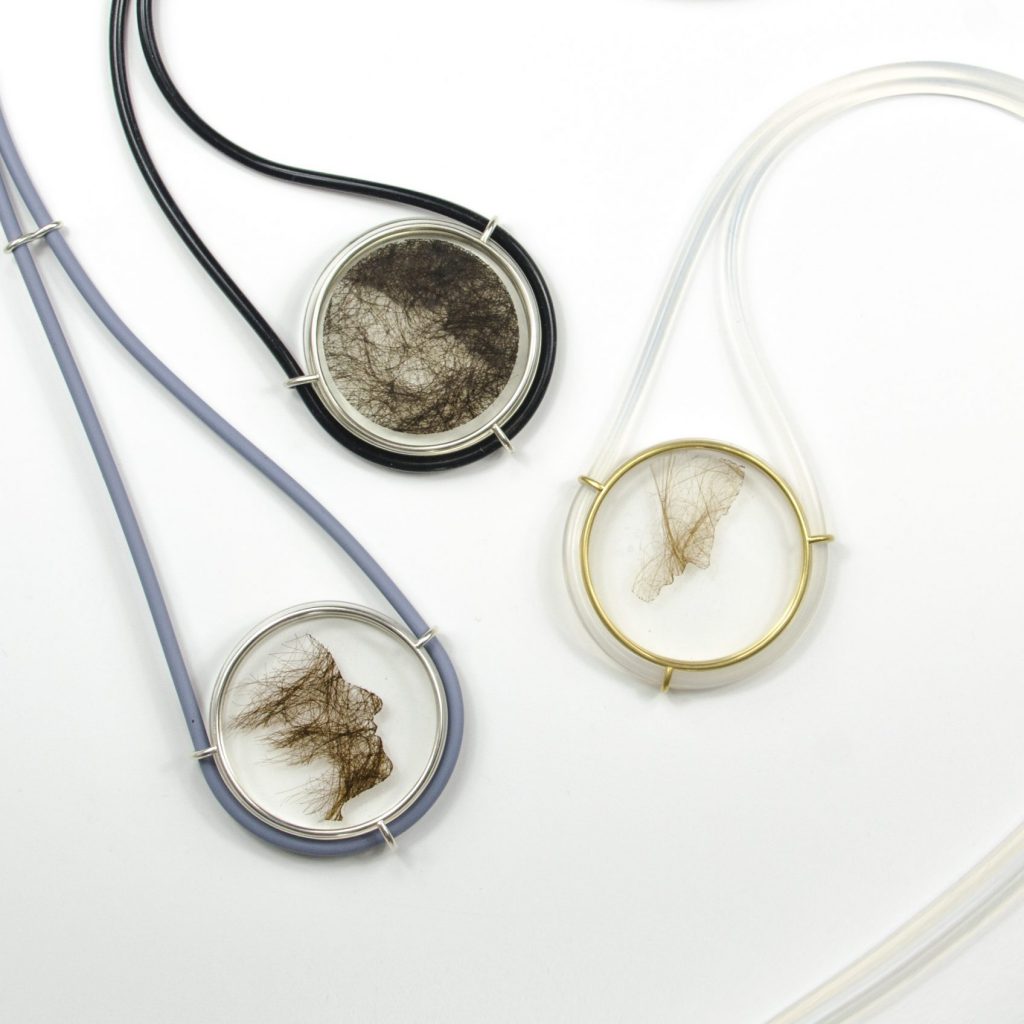
The carrier of your memories – Judit Jeney’s HairMemory project
Grandma’s hairs caught up in a comb, plaits from childhood kept in the drawer, strands of your ex’s hair on the couch upholstery. There is an intriguing dichotomy surrounding hair left behind – revolting though it can sometimes be, once we can put a face, a name, and an important role in our lives on it, it sparks vivid memories and a whirl of emotions. At the same time, with our daily lives gradually moving into the virtual plane, just like developing analogue film in the bath tub at home or adding to the family’s vinyl collection, the careful gathering of locks of hair has been relegated from custom to curiosity. Judit Jeney’s HairMemory project revives this old tradition and gives it a contemporary spin.
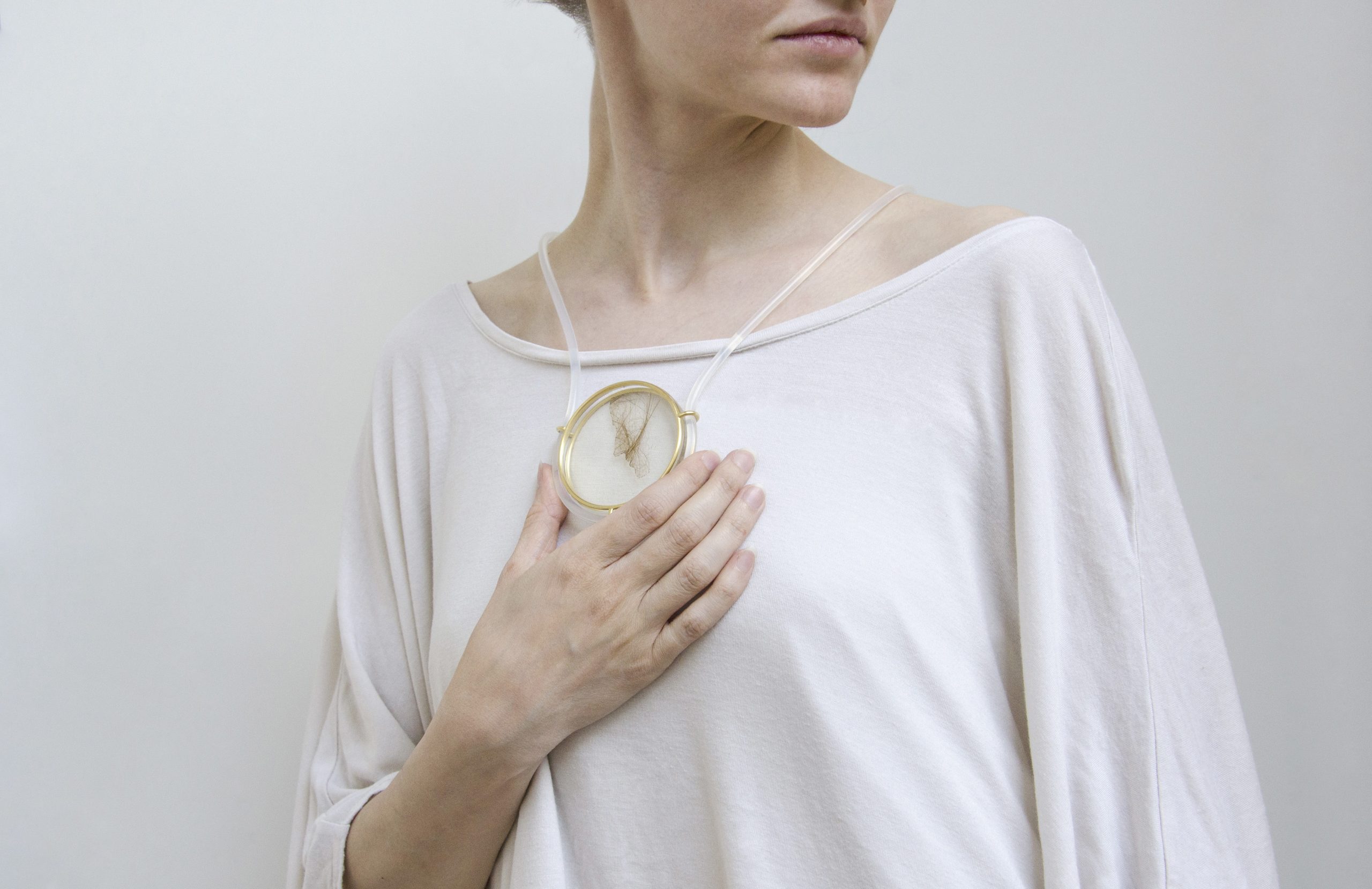
“In prehistoric times, various cultures attached spiritual meaning to hear. Because cutting off hair is a painless and bloodless procedure, and hair grows back, it has become a part of rituals and magic, and was often used in sacrifices.”
As Judit underlines, the practice of preserving hair dating back millennia partly owes its significance to the distinctive ‘aura’ of hair. As a part of the human body, hair has a unique structure, colour, scent, and texture, and even across a distance it can convey a person’s essence at a given moment. Partly due to its strong link to memories, romantic tokens made from hair have become an important symbol of grief and love in the Victorian era. With the advent of photography, their significance started diminishing, as a picture could capture the likeness of a deceased family member or distant lover with mirror image precision. Though a couple of decades later Walter Benjamin pointed out that the unique aura of natural objects is eliminated precisely by mass reproducibility associated with photography, pictures continue to play a lead role in keeping memories alive.
Opposing the shift to digitalised recollection, Judit had explored the aura-building properties of hair in her previous projects. With her Imprint, shehecast the imprint left by a hairband on the wrist or forearm into a bronze bangle. The clear focus of her project HairMe consisting of jewellery and a set of items is hair as a medium, with the toothbrush, razor brush and comb containing human hair turning into a personal keepsake after losing their original, everyday function.
This line of thought is carried on in her diploma project HairMemory, putting a contemporary design spin on the hair portraits and hair albums of the Victorian period. While the former was mostly worn as a pendant, with the loved one’s silhouette and lock of hair set under glass, the latter contained hair strands from family members with names and dates. Linking the two traditions, Judit has designed a hair preservation item suited for use both as jewellery and an ornament for smooth surfaces.
“While doing these material experiments involving hair, I was looking for a solution that doesn’t discriminate against any hair type, volume, texture, or length, or gender. In terms of form, it was important for me to keep the central role of the hair strands and not to include other materials, which led me to start experimenting with felting.”

Due to the bespoke nature of the concept, Judit worked closely with the owners of the locks used. Laser cut from the thinly pressed hair sheets, the silhouettes depict important family members of the participants. When creating the tiny hair picture shapes, durability was the most important consideration. Though thanks to creatin, human hair is extremely wear resistant, it could be sensitive to heat, chemicals, and various microorganisms. Ultimately, the hair sheets were placed between three circular glass plates, and can be given a precious metal frame to convert them into pendants.
“As nowadays digital memories and online presence are increasingly taking over our lives, keepsakes containing or made from hair could bring back a sense of intimacy, touch, and materiality.”
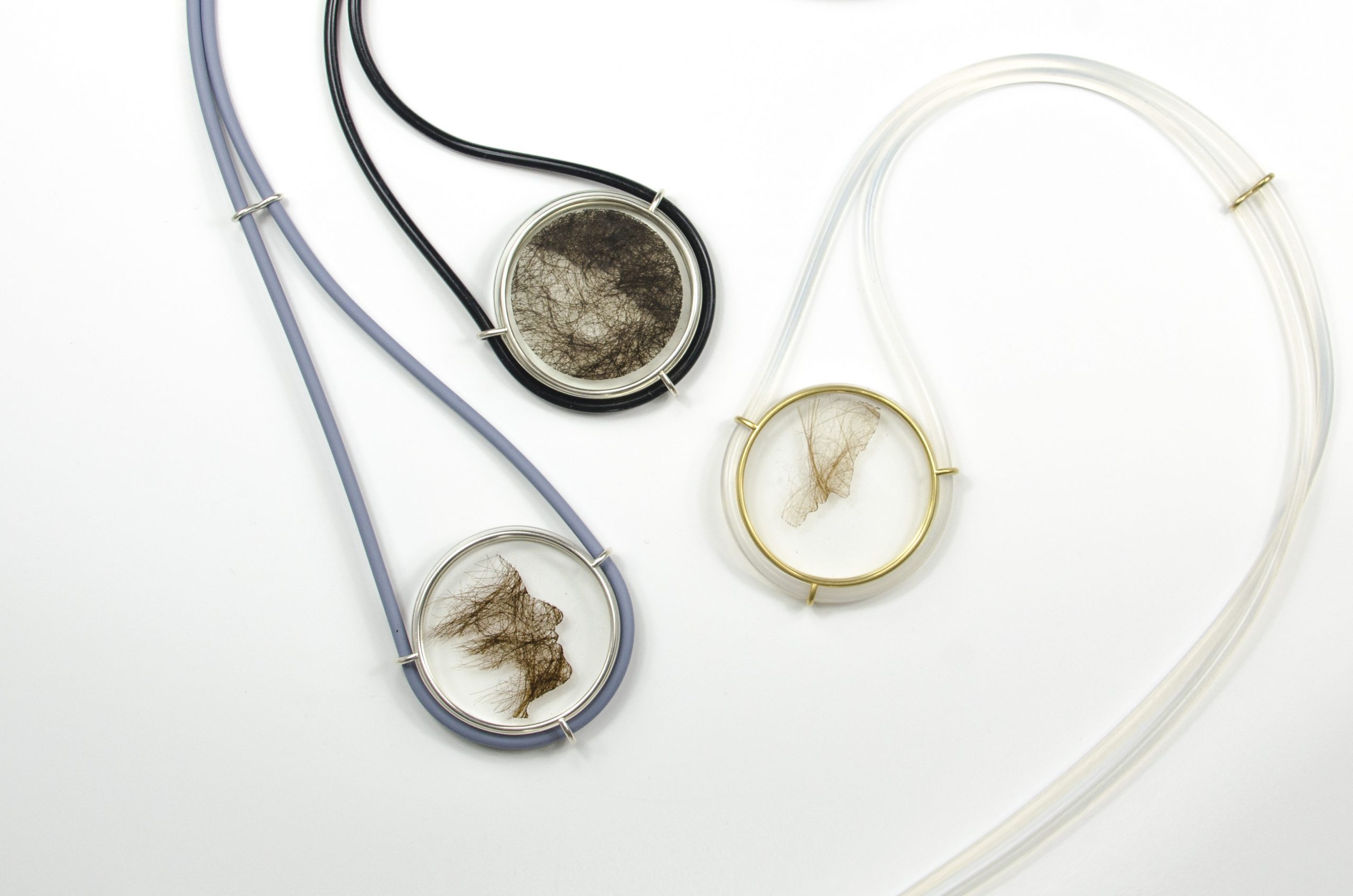
// /
Judit Jeney’s diploma project was completed at the Jewellery Design and Metalwork MA programme with Flóra Vági as her supervisor and Nóra Tengely as her consultant.
